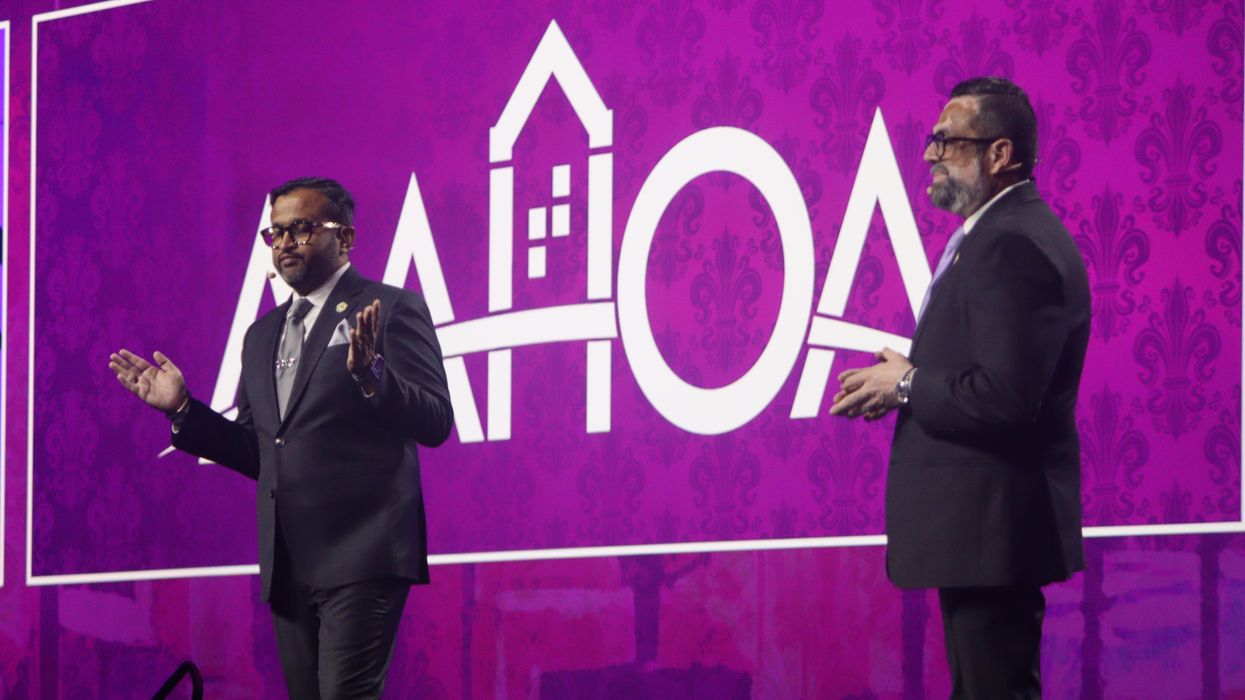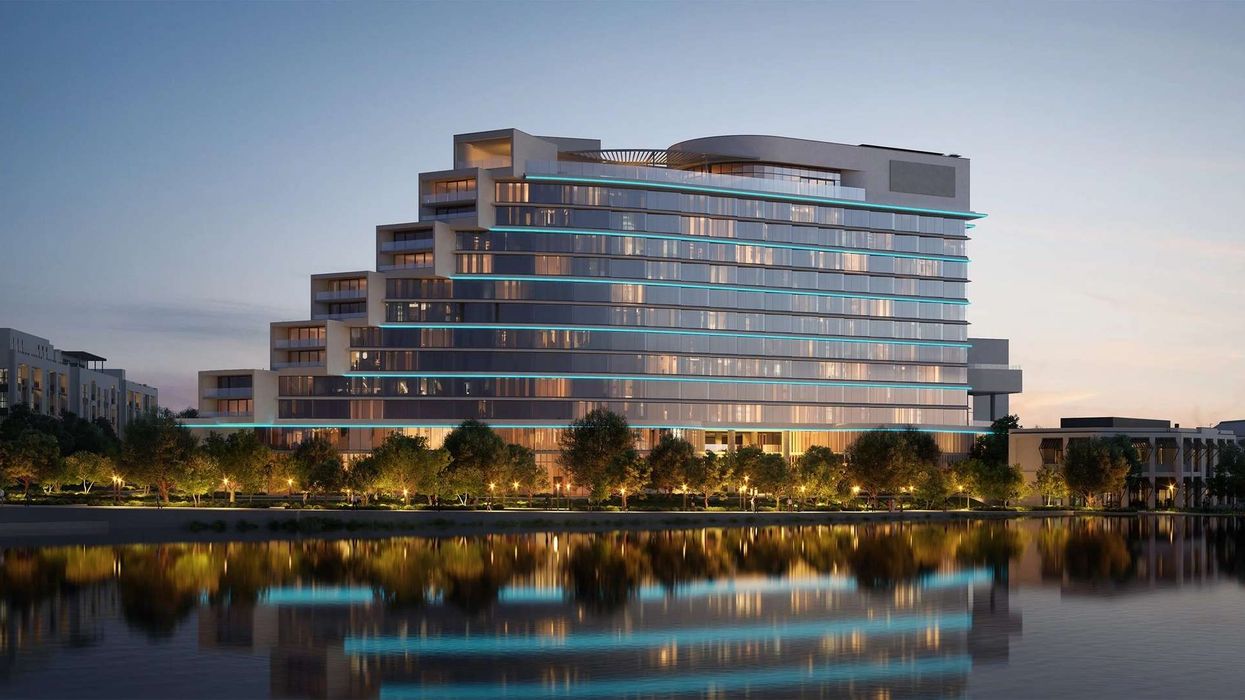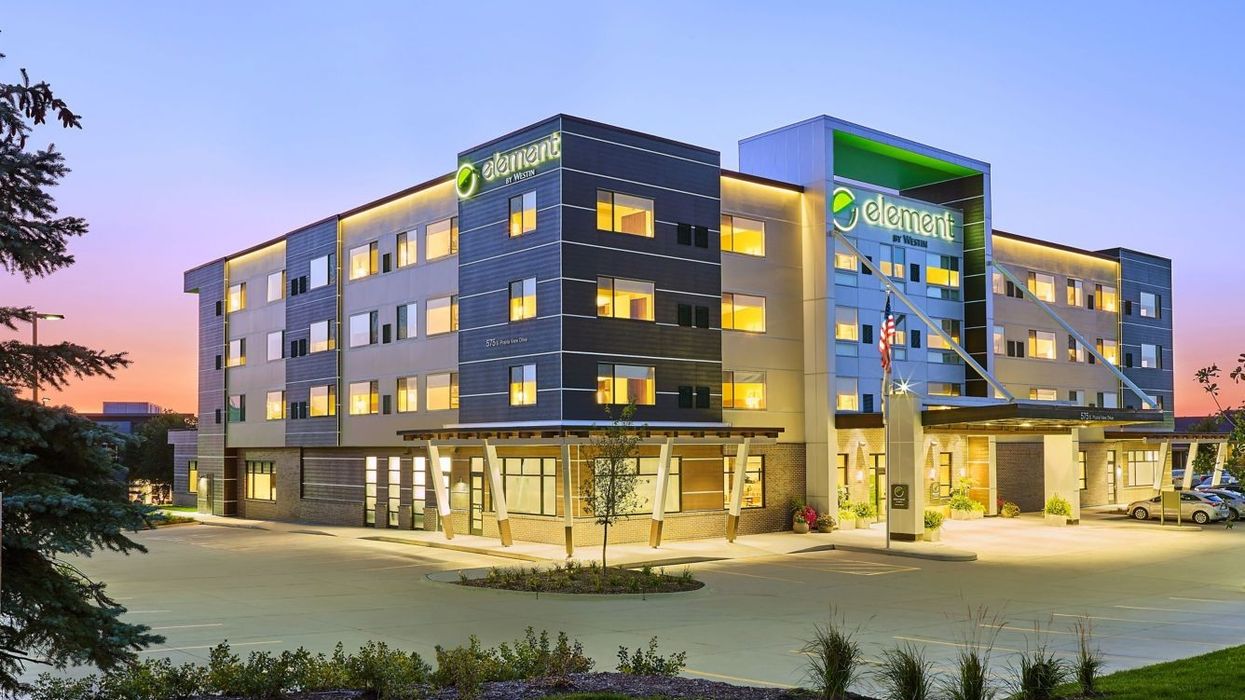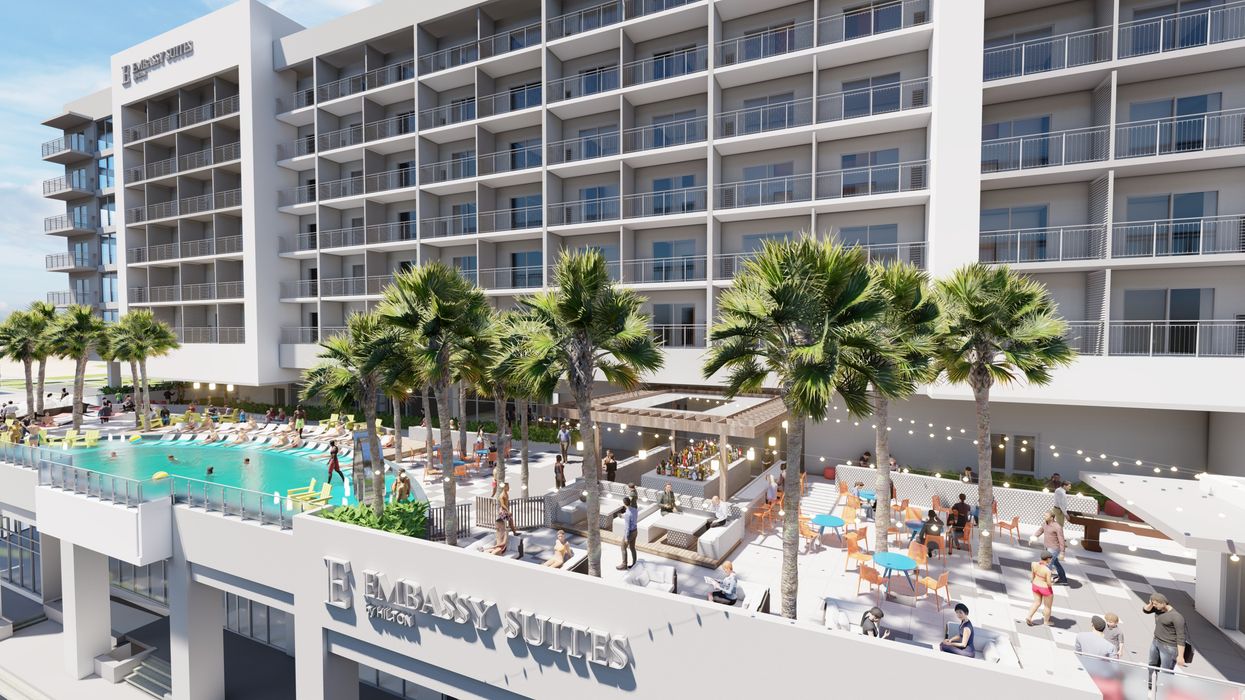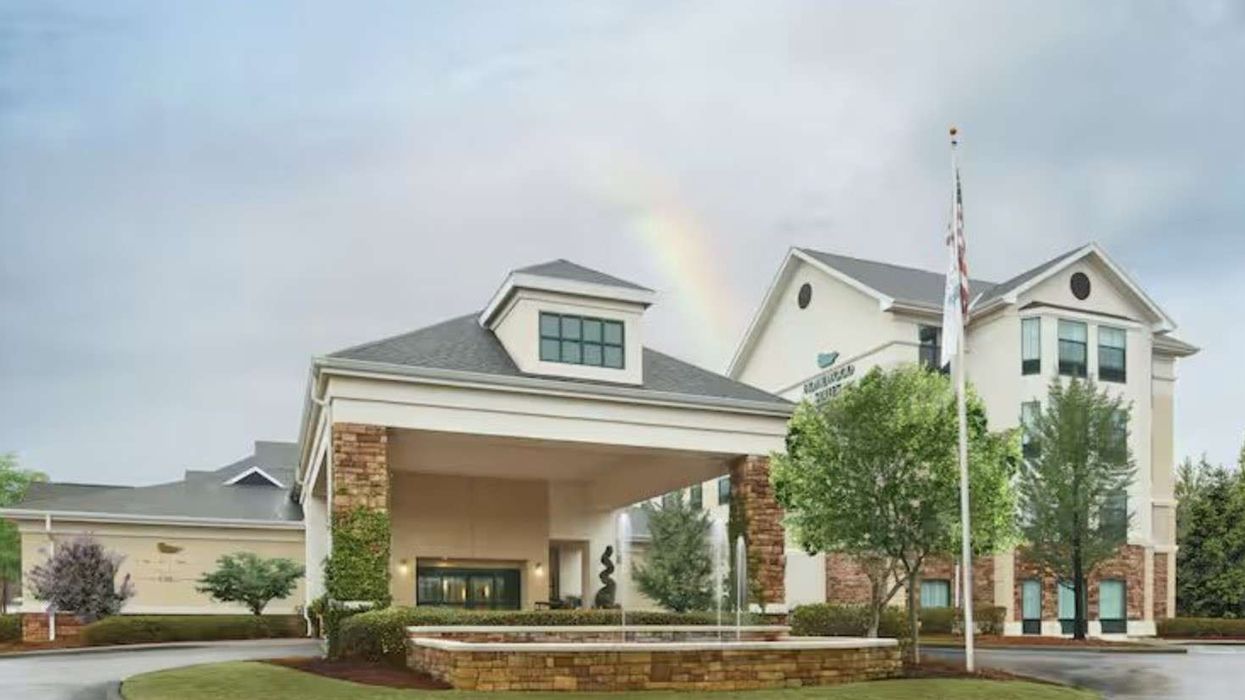WEEKEND OCCUPANCY FOR U.S. hotels during the second to last week of July rose above 55 percent, according to STR. It was a small piece of good news in an otherwise bleak week of performance that saw COVID-19 cases continue to surge as the U.S. fell behind other countries in shaking off the economic effects of the pandemic.
Occupancy reached 48.1 percent between July 19 and 25, down 37.9 percent from the previous year but up from 47.5 percent the previous week. ADR ended at $99.24, down 27.3 percent from the previous year and RevPAR ended at $47.75, down 54.8 percent year over year.
Occupancy averaged 55.8 percent for the weekend, a good sign said Jan Frietag, STR’s senior vice president of lodging insights in a video deep-dive into the week’s data.
“Clearly summer vacations are still in full swing, and people who have been stuck at home are eager to get out,” Freitag said.
At the same time, the number of new COVID-19 cases for the week rose by about 460,000, the same as the prior week.
“What that means is that for the last two weeks we counted roughly a million new COVID cases in the U.S.,” he said. “RevPAR decline for the week was minus 54.8 percent, which is a little bit better than it was in the prior week and we’re basically on par with two weeks ago.”
However, the rate of change is slowing, Freitag said, so RevPAR is not improving much.
“It’s getting slightly, incrementally better, but the nice gains we saw early in May and June are certainly a thing of the past,” he said.
The slowing also was reflected in the number of rooms sold, Freitag said. The average for the week was 2.8 percent compared to 8.3 percent between the week of April 18 and the week of June 13.
“What that means is that the occupancy growth is slowing as well,” he said.
Turning to the global market, Freitag pointed out that occupancy in China rose to about 60 percent while the U.S. lagged at 48 percent, indicating a change in the dynamic between the two markets.
“In the past we had suggested that what happens in China eventually, four, five, six, seven weeks later, will be replicated in the U.S.,” he said. “I’m not sure that that relationship still holds today.”
Regarding the cause, Freitag said wearing masks in public spaces had a lot to do with it. He referenced a recent news report on the lack of mask wearing at bars in Nashville, Tennessee, where STR is based.
“This is clearly an indicator of a larger societal difference of how U.S. consumers handle wearing a mask in public, and that will obviously have a distinct impact on the number of COVID-19 cases going forward,” Freitag said.
Also, the number of rooms closed in China is decelerating in late July, he said.
“So basically, China is open again,” he said. “In the U.S. we never really closed down that much, so the U.S. is mostly open. And even in the European countries that were under complete lockdown, we’re now seeing, with the lockdown easing, a lot more hotels opening.”
Finally, hotels on the lower end of the chain scale had the same advantage around the world during the week of July 25, Frietag said.
“Midscale and economy class properties have driven occupancies much faster, much higher than their counterparts on the luxury and upper upscale side, which is clearly and indicator of the complete lack of corporate group demand and only very limited green shoots of corporate transient demand,” he said. “Unfortunately we are not very optimistic that will see a resurgence of group travelers in 2020. That is probably 2021’s story.”

